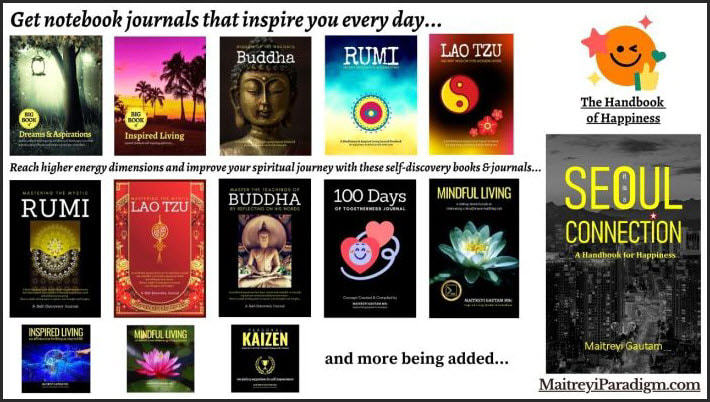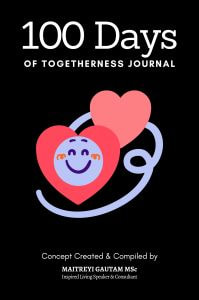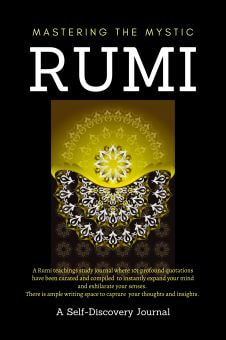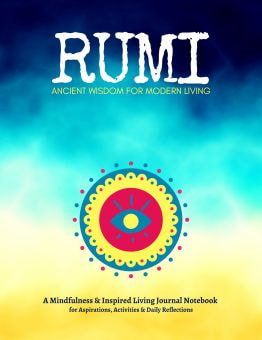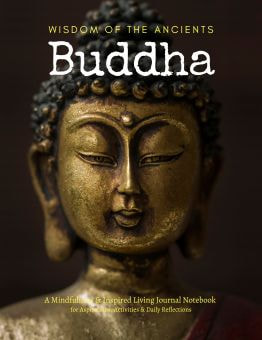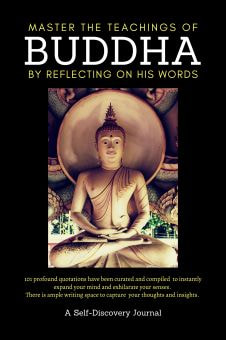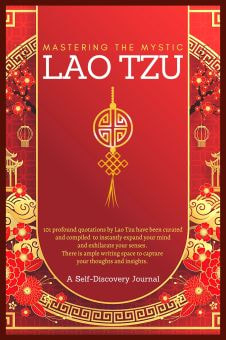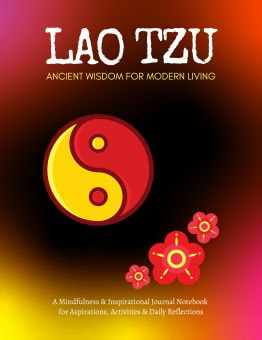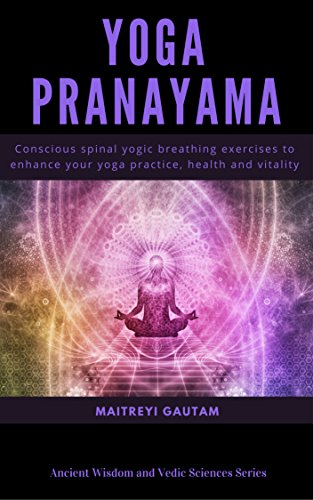Introduction
Here is how they contribute to the process of spiritual elevation...
Cultivating Inner Peace and Balance
- Yoga: Through physical postures (asanas) and breath control (pranayama), yoga anchors practitioners in the present moment. It draws awareness to the body, breath, and sensations, grounding the practitioner.
- Mindfulness: This practice involves non-judgmental attention to the present moment. Whether it's through meditation, daily activities, or mindful breathing, it brings the mind to the 'here and now,' reducing distractions and mental chatter.
2. Balancing of Energy Centers (Chakras)
- Yoga: Different asanas have an impact on specific chakras or energy centers in the body. By practicing a balanced yoga routine, one can align, activate, and balance these chakras, facilitating spiritual energy flow.
- Mindfulness: By bringing awareness to different parts of the body and emotions, mindfulness can indirectly influence the chakras, ensuring they function harmoniously.
3. Purification of Mind and Body
- Yoga: The physical postures, combined with breathing exercises and ethical practices (like non-violence and truthfulness), purify the body and mind, making them receptive vessels for higher consciousness.
- Mindfulness: Through regular mindfulness meditation, one can become more aware of negative patterns, thoughts, and emotions, paving the way for their release and purification.
4. Cultivating Inner Peace and Tranquility
- Yoga: The practice naturally induces a state of calmness, especially in restorative or Yin yoga sequences. The deep relaxation practices in yoga, like Savasana or Yoga Nidra, foster profound inner peace.
- Mindfulness: By observing thoughts and emotions without attachment, one learns to remain centered amidst life's ups and downs, cultivating equanimity.
5. Developing Self-awareness and Introspection
- Yoga: Apart from the physical aspect, yoga emphasizes self-study (Svadhyaya). This introspection can lead to deeper self-understanding and realization of one's true nature.
- Mindfulness: The practice inherently fosters self-awareness. By observing one's thoughts, emotions, and reactions, one gains insight into personal patterns and deeper layers of the self.
6. Connecting to the Universal Consciousness
- Yoga: The ultimate goal of yoga, as mentioned in ancient texts, is to achieve union (Yuj) with the universal consciousness or divine.
- Mindfulness: As one deepens the practice, the boundaries between the self and the environment begin to blur, leading to a sense of interconnectedness with all beings and the universe.
Conclusion
In today's fast-paced world, these practices offer a refuge and a beacon, guiding individuals towards inner peace, balance, and a higher state of consciousness.

